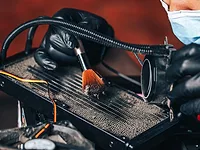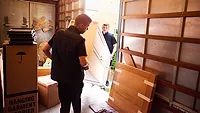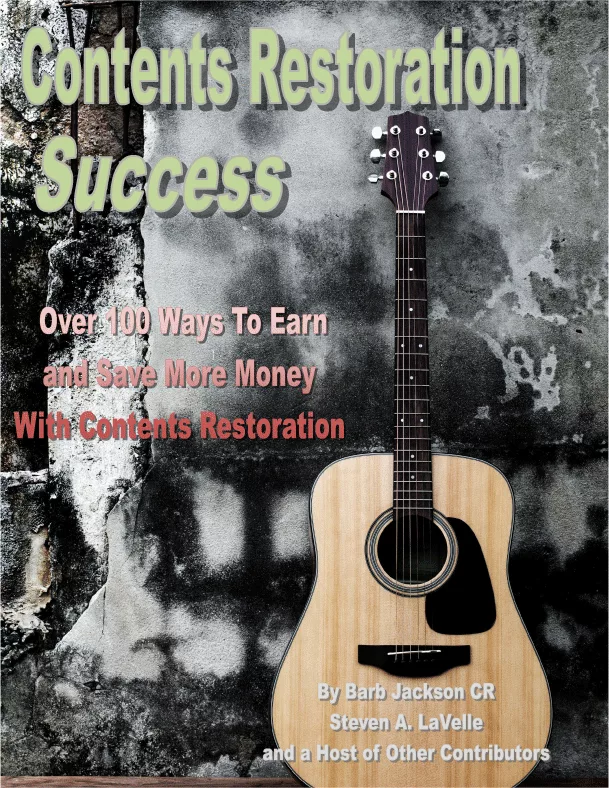Analytics and the Future of Contents Restoration
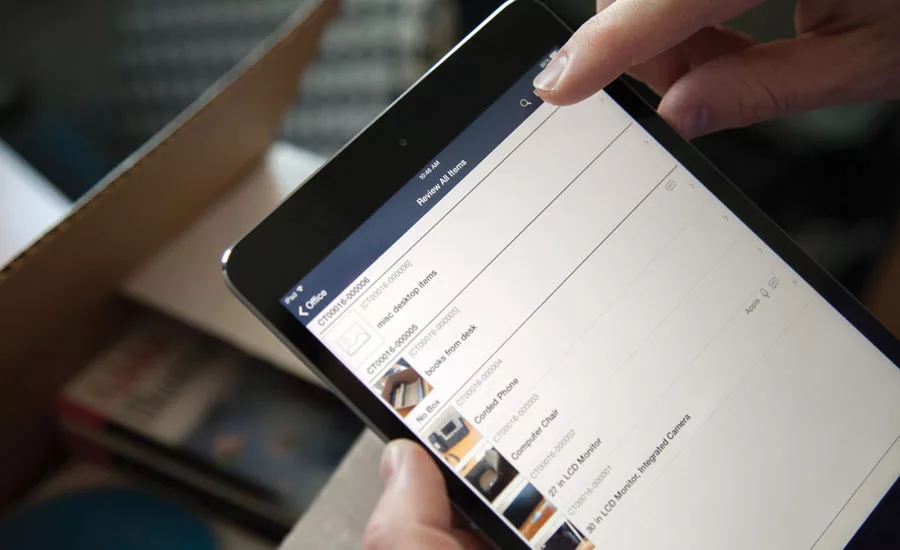
Using mobile devices to inventory a pack out make the job easier, and also collects business-related data that can then be analyzed to help understand and improve overall business practices. Photo courtesy of Xactware.
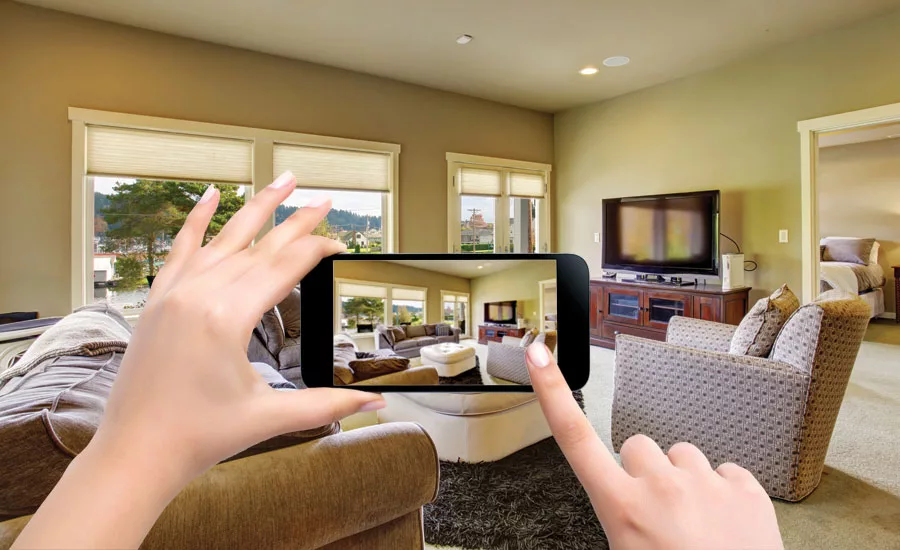
Photo courtesy of Xactware.
Mobile technology is a key to the future of contents restoration.
The tools that will drive this revolution are already in the hands of contractors and their employees, as well as consumers who are becoming involved in the restoration process in new and exciting ways.
And as more pack outs rely on smartphones and mobile devices to create and track inventories, more data will be collected and analyzed – leading to improvements in workflows and other business practices.
Smartphones are everywhere
Smartphones are common in the home and the workplace. The Pew Research Center reports that most of us already depend on our smartphones for many of our internet interactions. And they are powerful –millions of times more powerful than all of NASA’s computers in 1969, when it landed two astronauts on the moon.
We use them for everything from doing our banking, to finding real estate listings, to job hunting.
But while there are a number of iOS and Android apps, as well as mobile-friendly web sites, that create pack out inventories and perform many other property restoration tasks, a lot of contractors who use their smartphones to build a grocery list that they sync with their spouse’s phone continue to use a paper and pencil for their business process.
Digital copiers have replaced carbon paper to duplicate inventory lists, but sometimes that’s about as far as technological innovation extends.
It’s an inefficient process. Papers get damaged or lost. Often, you see a damaged box with handwriting on the outside detailing the contents – and you just know that box will end up in the trash, and all those written notes might end up in the trash as well. That is unless someone takes the time to write them again on a new cardboard box.
Data Drives the Analytics
Using traditional low tech solutions may save you money up front, but there is a cost in time that can eat up your profits. For example, one team with modern tools can build lists for items that must be restored along with items that are going to be thrown away and replaced.
With the current smartphone apps we can say, “Hey, we’ve already got a team onsite that has to do the cleaning, and they have the tools in place to build a restorable list and put that list immediately into the adjuster’s hands.”
There’s more. Pack out apps and other digital tools generate a lot more data than just inventory lists. Those apps are collecting analytical information about employee productivity, product availability, workflow inefficiencies, and more.
We can track who is doing what on an hourly, daily, weekly, or monthly basis. We can compare productivity results from one inventory to another, or one team to another. For example, we may find one couple working together can outwork another three employees. What can we learn from them? How can we use this resource most effectively?
Analytics can tell you that the length of time items sit on your loading dock has been steadily increasing over the last several months. They can pinpoint why hand-cleaning station #2 is able to move 20 percent more items versus station #1 and station #3. They can even identify that you still have items in storage from a restoration job over two years ago.
Everything still has to move through the process in a linear fashion. Analytics won’t change the things you must do. But it can help you learn how to do them better.
Analytics can also identify processes you aren’t currently including on the bill – but you probably should. On the flip side you may identify resources where you can pass along a benefit to key customers at no charge to help improve the relationship between your company and your customers.
Analytics have been available for years for insurance companies using high-end software, and contractors involved in property restoration, and they have proved to be very beneficial in correcting inefficient business practices.
We’re just starting to collect this kind of data for pack outs and other specialized contents restoration tasks. With an appropriate user interface, that data can be mined for a broad variety of business uses.
Making Customers Part of the Workflow
In addition to analytics, smartphones, tablets, and personal computers are pushing contents estimating in another direction – involving consumers in ways they have not been traditionally involved.
Customers already use their smartphones to report losses, including photo and video documentation to verify a loss. Immediately after a loss, a policyholder can use video collaboration to walk an insurance adjuster through the loss site using the device’s camera.
Customers commonly use an online collaboration tool to compile an inventory of contents losses for a claim, complete with model numbers, receipts, and even photos where possible. Hundreds of insurance companies are doing this.
At Xactware, we find that up to 51 percent of the customers who are invited to use a contents collaborative tool do so. For some insurance companies, that number is closer to 70 percent.
Many of today’s customers are willing to participate this way – most of them submitting inventory information online between 10 p.m. and 2 a.m. – when it is convenient for them (as opposed to the contractor or adjuster). But that’s okay, as mobile technologies allow and even accommodate these scenarios.
The next step is to find out how much policyholders are willing to do to be part of the process. Are they willing to do a video recording of their home as it is today, including the contents, to document an inventory for a possible future insurance claim? And are they willing to do it yearly? If we have a tool that makes it easier for them, will they be more likely to do it?
This is not a new idea. Xactware had a tool to do something similar 20 years ago – before the advent of smartphones and other digital devices. Few used it, because it takes time to compile an inventory of your personal property and because contents in our homes are in a constant state of flux.
But the smartphone makes it possible to build and maintain that inventory with minimal effort. Then a contractor’s job would be to vet an inventory, rather than create one. A big chunk of the work already would be done for them.
It’s another example of how restoration contractors can use technology to become more efficient in every stage of the restoration process.
Technology not only makes the job easier, it cultivates data on a number of business practices – data which can then be mined and analyzed to improve every aspect of a business process. Who wouldn’t want to save time and money – and increase their business profits at the same time?
Looking for a reprint of this article?
From high-res PDFs to custom plaques, order your copy today!



